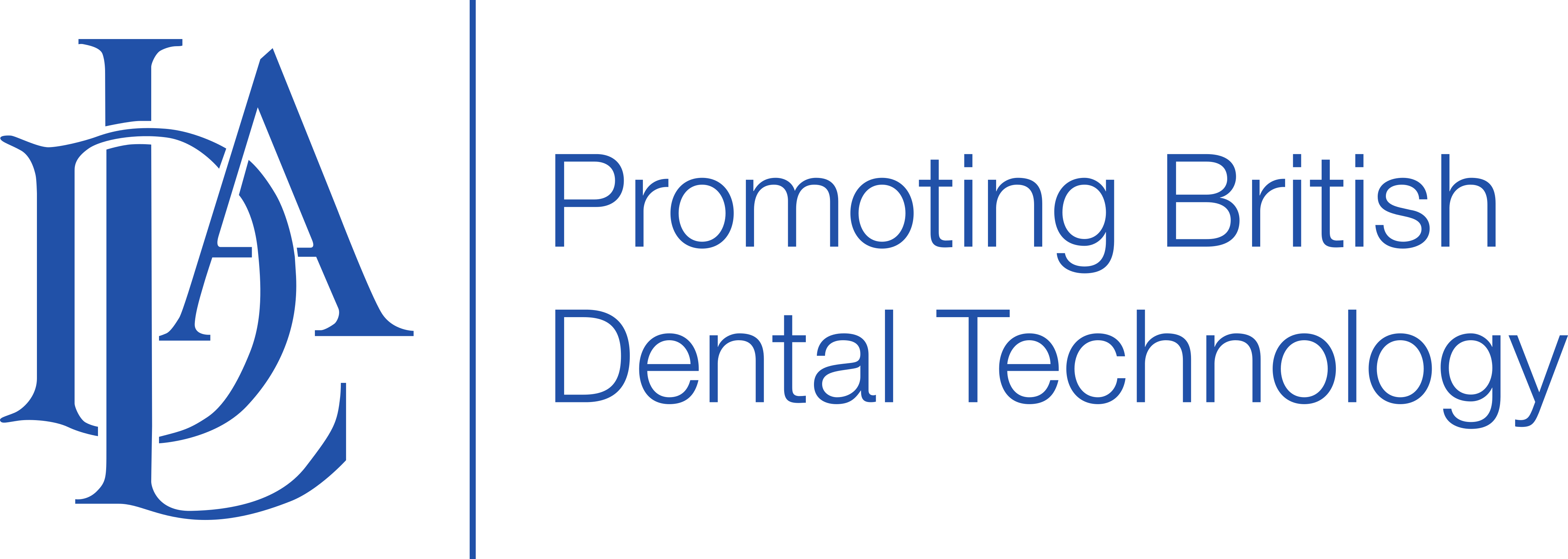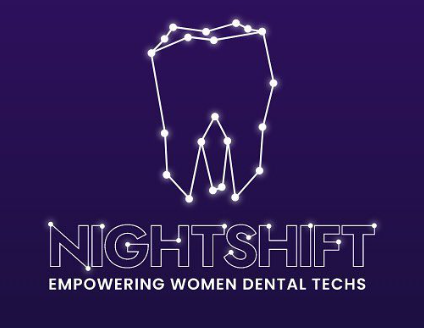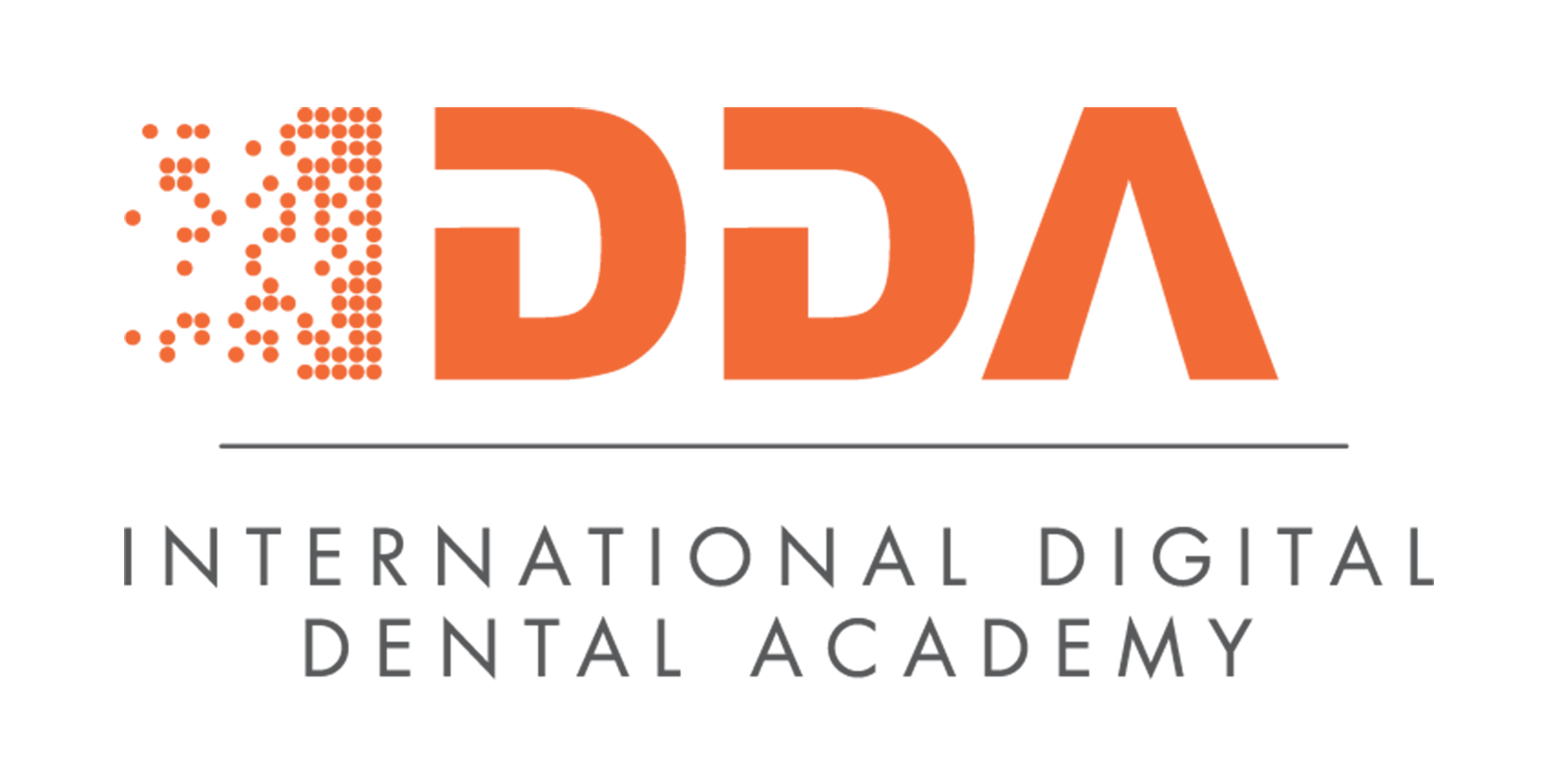Bridging practice, policy and progress
)
In this exclusive interview with BDJ Team, James Neilson explores the future of dental technology.
James Neilson is a clinician, technician and educator with over 25 years’ experience in dental technology. He began his career in a multidisciplinary laboratory, progressing to Prosthetics Manager and Director, before qualifying as a Clinical Dental Technician in 2008. He has worked across the UK in clinical and teaching roles, currently serves as a Dental Instructor at Dundee University, and is President of the British Association of Clinical Dental Technology.
When James Neilson started his career in dental technology, it was a profession known to few outside the field. “I didn’t know it existed until a careers adviser mentioned it,” he recalls. “Unless you know someone in the field, it’s invisible.” Now working in education and clinical practice, James’s journey reflects just how much the sector has evolved, and how much more change is on the horizon.
At the heart of that change is education. From the General Dental Council’s updated “Safe Practitioner” learning outcomes, which embed professional behaviours alongside technical competence, to the rising costs of course delivery, training models are under pressure.
“It’s not just about what we teach anymore,” says James, “but also how we measure things like ethics, communication, and even consent, which is a significant change for dental technicians, who don’t typically train in a clinical environment.”
The shift, he says, has created practical and cultural challenges, especially in institutions where dental technicians are trained separately from other dental professionals. This separation, he notes, can make true collaboration more difficult once in practice.
A digital future
James is passionate about making dental technology a visible, viable career for the next generation, not just as a fallback option, but as a creative, skilled profession in its own right. “There’s so much crossover with gaming, design, digital manufacturing. We should be positioning this as a future-focused career.”
One of the key shifts shaping that future is the rise of digital workflows. While some laboratories are fully digital, others have yet to make the transition, and that is a divide increasingly reflected in education.
“We’re still catching up,” James admits. “But the industry’s moving fast. New roles are emerging that didn’t exist when I graduated. There are fully remote digital designers, for example, who never set foot in a lab. It’s exciting, but it means rethinking what we teach.”
Crucially, digital innovation does not eliminate traditional skills. “It’s not replacing hands-on work but rather it’s redefining it. We still need technicians who can finish, polish and customise. The future is hybrid.”
Making skill mix work
That same need for adaptability applies to the evolving role of clinical dental technicians (CDTs), particularly in light of growing NHS pressures. “Dentists aren’t always receiving enough training in dentures, despite a growing ageing population in need,” says James. “CDTs are ideally placed to fill that gap, but they’re underused, often misunderstood, and there aren’t enough of us.”
As dentistry becomes more integrated, communication and collaboration across the team are more vital than ever. “Dental professionals are expected to work together, yet many train in isolation,” says James. “There’s often a lack of understanding around what different roles actually involve.”
He believes greater integration during training, and better awareness of each profession’s scope of practice, would improve mutual respect and support smarter use of skill mix. “It’s not just about plugging workforce gaps,” he adds, “but about making sure patients are seen by the right person, with the right skills, at the right time.”
Time to act
“We’ve got opportunities, but also a responsibility,” James says. “We need to think long-term about recruitment, retention, and recognition. And we need to make it clear to the next generation that this is a rewarding career with good job prospects. It has clear pathways for career development and progression, and should not be seen as a back-up to other careers in dentistry, but instead a fulfilling career in its own right.”
His message to those in practice, education, or policy is simple: dental technology and clinical dental technology matter, and it’s time to bring them out of the shadows.


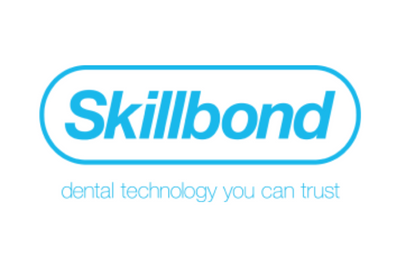


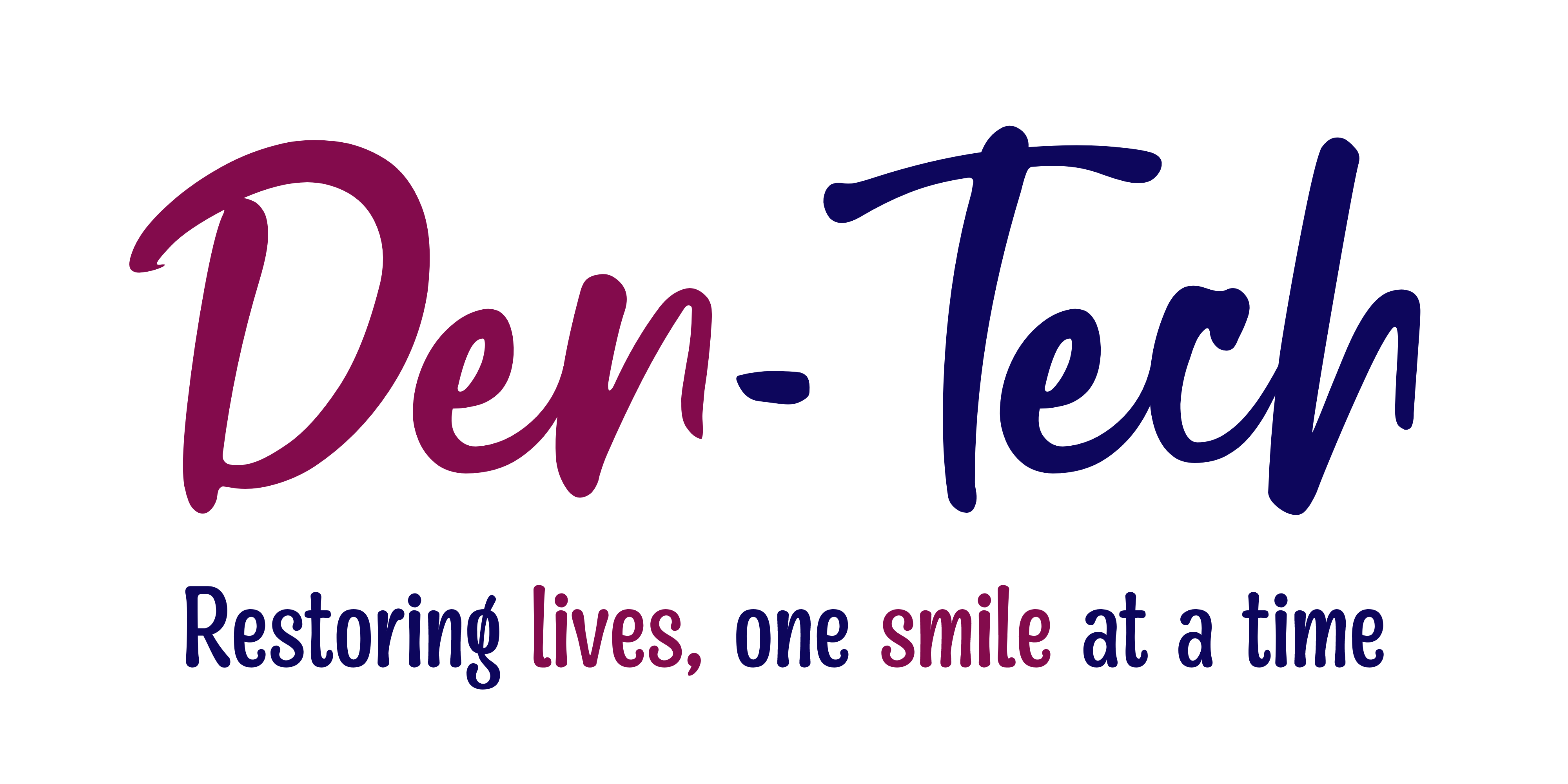
.png)
